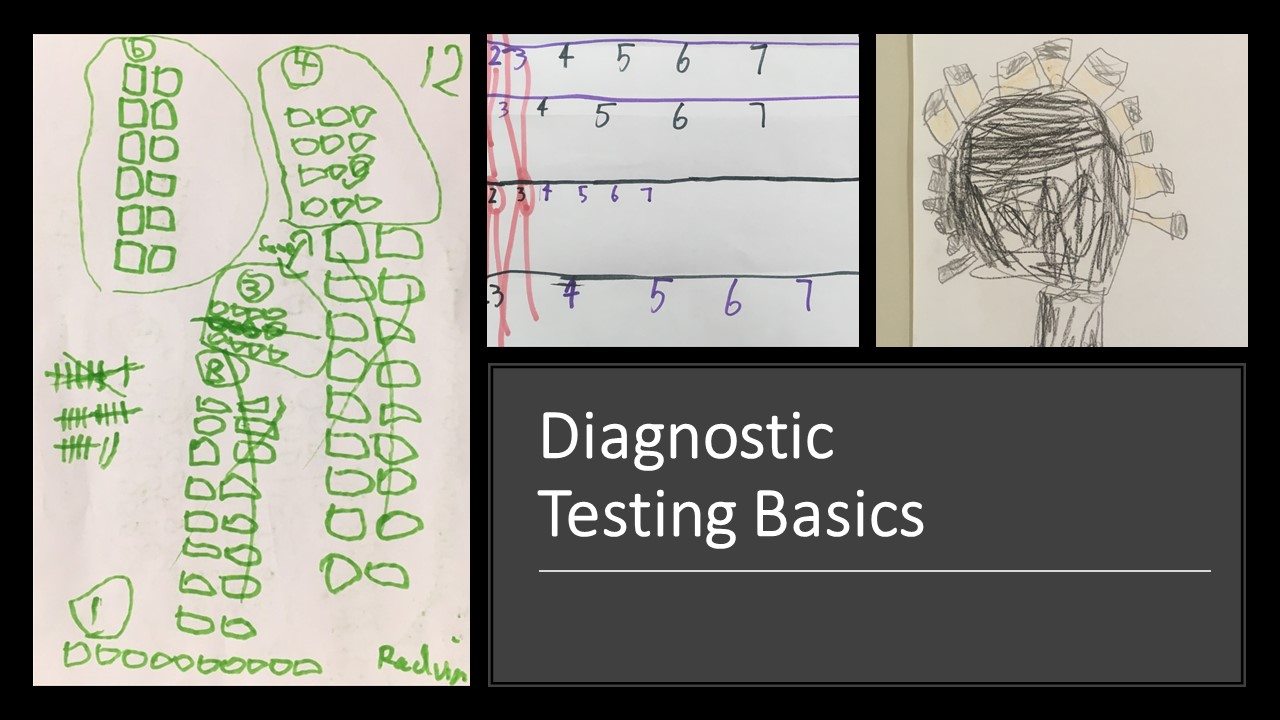
Formative assessment, developmental stages and starting the year well
The goal of formative assessment should always be to find out what each student NEEDS next, rather than focusing
Some interventions that we try as schools are really effective, some less so. This article will give you a comparative overview of a few of the most common ones, as well as some easy steps to take that are very effective. To find out more, a great overview of the most common interventions is http://evidenceforlearning.org.au/the-toolkit/full-toolkit/
Most of the interventions below are used regularly by schools to try and help “cater for” low-performing students. None of them have a very high impact, and most have a fairly high cost. All the original references are at the website above, which also includes summaries of how secure the evidence is and how many studies were involved. The table below quantifies the impact on schooling in terms of months of gain and lists the most important factors to take into consideration.
| Intervention | Impact on one year of schooling | Important factors to consider |
| Streaming | Lose 1 month | Causes a lasting negative impact on low-performing students and mixed results for high-performing students. |
| Reducing class size | Gain 3 months | Class size has to be reduced to a level that allows teachers to change pedagogical approaches (under 20 in middle/upper primary, under 15 in junior primary). It’s also really expensive to employ that many teachers. |
| Teacher assistant full time in a classroom, or working to support specific students | Gain 1 month | Overall there is a slight positive gain. However, in cases where teacher assistants work to support particularly low-performing or special-needs students the impact can be negative. This is particularly the case where the TA substitutes for, rather than supplements, the teacher. I expect that this is because the teacher tends to stop taking ownership for the learning of that student when they have an adult with them. This is also really expensive. |
| Small group tutoring | Gain 4 months | Groups need to be smaller than 6 students. Highest gains with groups of 2-3. Best done for short periods (gains increase up to 12 weeks, but not after that). Must be done in addition to normal maths, not instead of normal maths or it has a negative impact. While the reason for this is not given, I expect that removing students from the class during maths time means that the teacher stops taking ownership for the needs of that student. Also, replacing the problem-solving that reasoning should be part of normal maths with arithmetic as tends to make up most tutoring programs is not ideal. |
The interventions below are fairly easy to implement as they do not require a change in teaching approach – they are an “added extra” that can be implemented on top of normal teaching.
| Intervention | Impact | Important factors to consider |
| Formative assessment and feedback | Gain 8 months | The “feedback” strategy is particularly effective when teachers seek feedback from students on whether they really understand, rather than giving feedback to students on what to do better. This is also why feedback is linked with formative assessment. The research also shows that challenging and complex questions are more effective for diagnostic tasks and feedback than routine questions. This means that teachers should consider using a problem-solving task before teaching a strategy. |
| Peer tutoring | Gain 5 months | Two models work: more capable student helping less capable, and both taking turns to tutor each other. Peer tutoring is most effective when students work through revision questions, rather than new work. This involves providing structured questions for the student who is taking the tutoring role to review prior to the session. |
| Metacognition and self-regulation | Gain 8 months | This involves a student taking control of their own learning through goal setting, self-monitoring and checking their own progress. Students consider what they need to know before starting, monitor their progress throughout a lesson and reflect by asking, “what would I change if I did this again?” This strategy has a high impact with low-achieving students, but is more useful with older students than younger. Consider “setting the scene” at the start of the maths lesson with non-content-oriented goals (e.g. to experiment with new ideas, to explain an idea in more than one way, to persist with a task for 10 minutes…) |
A relatively new strategy that shows huge potential is Interleaving (Rohrer et al, 2019). While the data has not yet been converted into months of gain, studies published from 2014-2019 show increases in retention by 60% after a one month lag, when interleaved worksheets were used around ever 2 weeks for half an hour. Interleaved activities are where no two questions in a row use the same strategy, so students have to retrieve what they have previously learned from their memory or work out something that they have not yet been taught. Examples of interleaved questions are included in the at-home work program.
The steps below have a very significant impact on students, but are also harder to implement as they require a change in pedagogy. As the strategies here are relatively new to mathematics research, most of the articles in this newsletter are devoted to explaining what they mean in simple terms.
| Intervention | Impact | Important factors to consider |
| Conceptual change programs (See article: Mathsbusters) | Gain: more than 12 months for each year of teaching | Treating mathematics like an experiment, where students make a prediction about the answer for a challenging problem then try out their strategy. The teacher and other students ask confronting questions to challenge any misconceptions, however the onus is on the student to change their own mind. The session ends with solving the challenging problem and then generalising the strategy to a more difficult problem. Conceptual change programs also make gains for every year that they are implemented, rather than being limited to a number of weeks or months.
Click here to see our research and download PAT and NAPLAN statistics. |
| Problem-based approaches (See article: The paradox of intervention) | Gain: 8-12 months | Students work through mathematical challenges that they have not been taught how to solve. New learning is introduced with a problem, students work together to explore it, then explanations follow after the problem is solved (Launch, Explore, Summarise).
Click here to see our research and download PAT and NAPLAN statistics. |
Make your decisions about what to try based on your teachers’ current thinking and progress. Formative assessment through challenging tasks is easy to implement and leads naturally on to problem-based approaches and conceptual change questioning. Peer tutoring is also fairly easy to implement and is very useful for students to work on when they are not working directly with the teacher. By combining problem-based approaches with conceptual change, schools that I have been working with through partnership projects have achieved over 12 months additional mathematics gain above the expected levels for each 12-month period of the project.
Want to find out about projects for next year? Information here.

The goal of formative assessment should always be to find out what each student NEEDS next, rather than focusing
Recently I’ve been pondering findings from a major report into Australian schooling that kids who are struggling in maths by
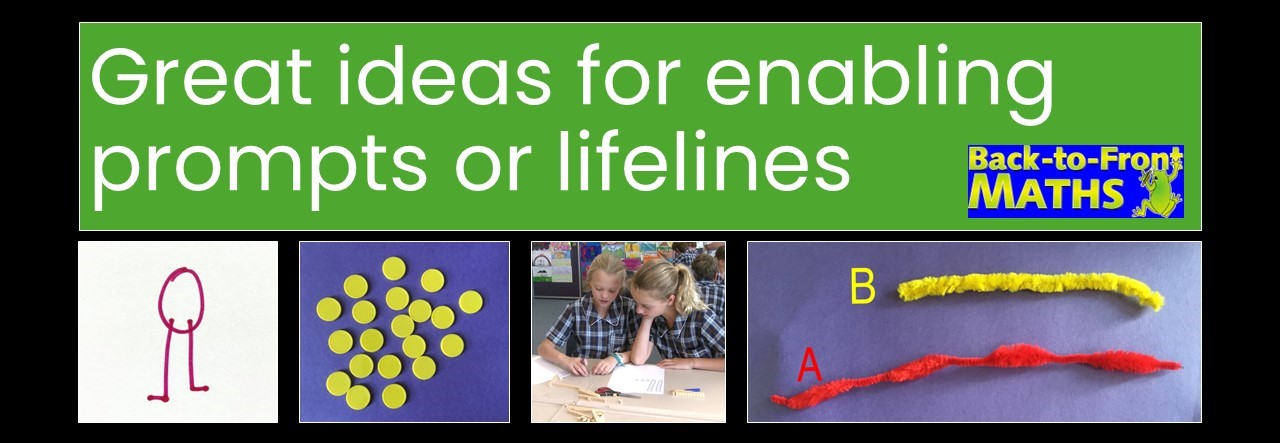
Enabling prompts or life lines are a fantastic way of helping students who are stuck to get started. They do not reduce
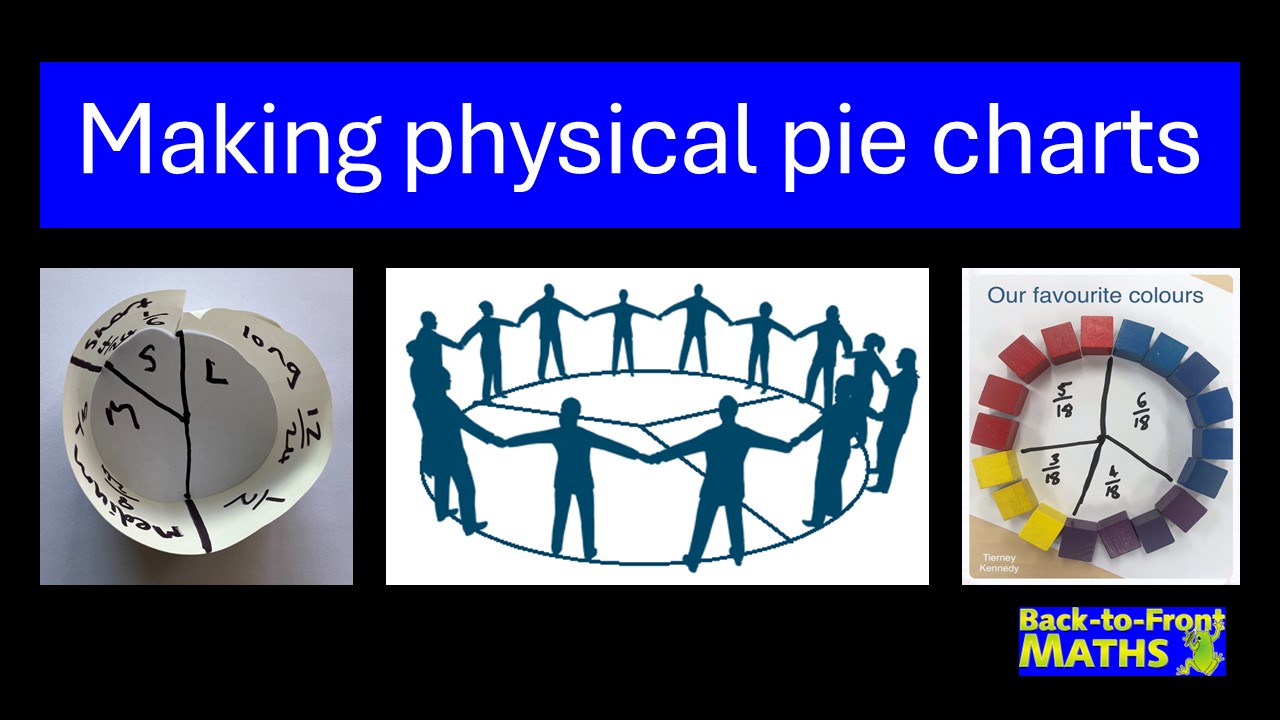
Pie charts are an awesome way of linking statistics, fractions and angles, however they can often be difficult for students
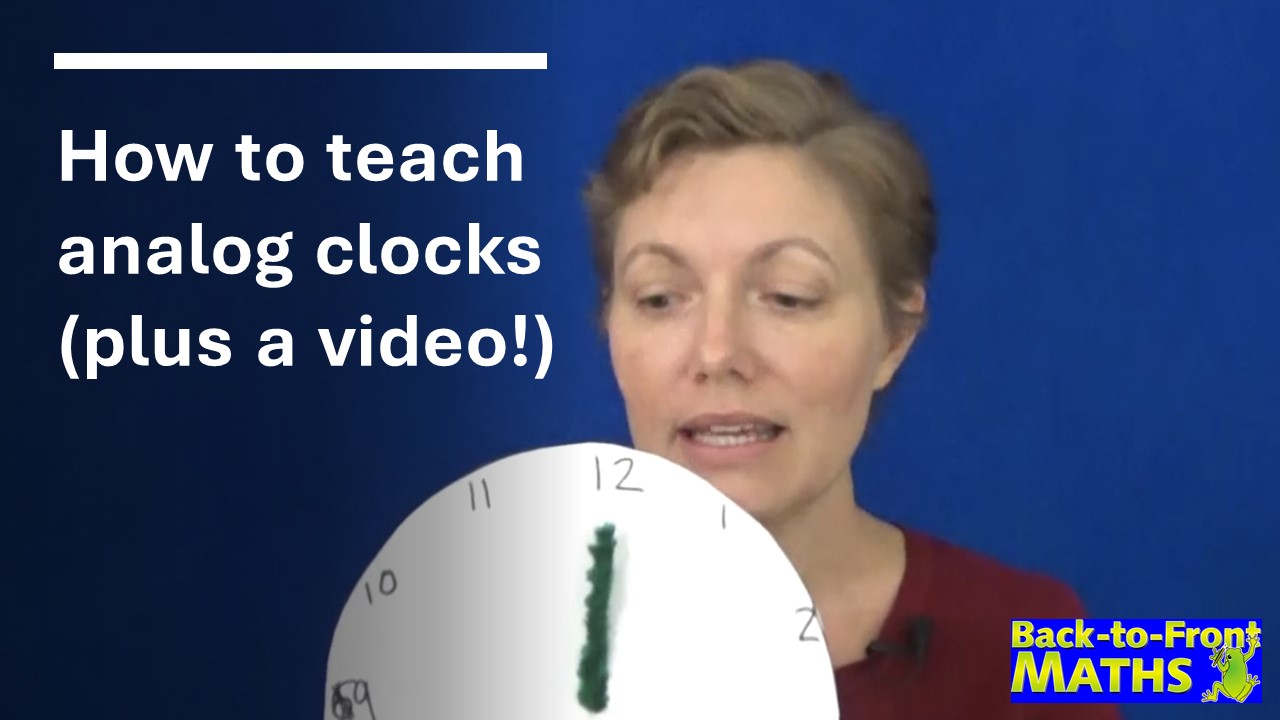
While it may sound counter-intuitive, the easiest way to learn to tell the time is to remove the minute hand
Hundreds charts are great for connecting tens and ones. Why not turn one into a jigsaw puzzle to use in
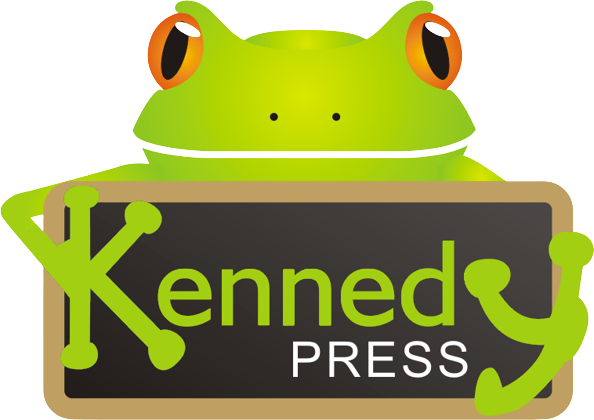
KENNEDY PRESS PTY LTD
FOR ALL ENQUIRIES, ORDERS AND TO ARRANGE PD:
© COPYRIGHT 2023 KENNEDY PRESS PTY LTD ALL RIGHTS RESERVED TERMS & CONDITIONS